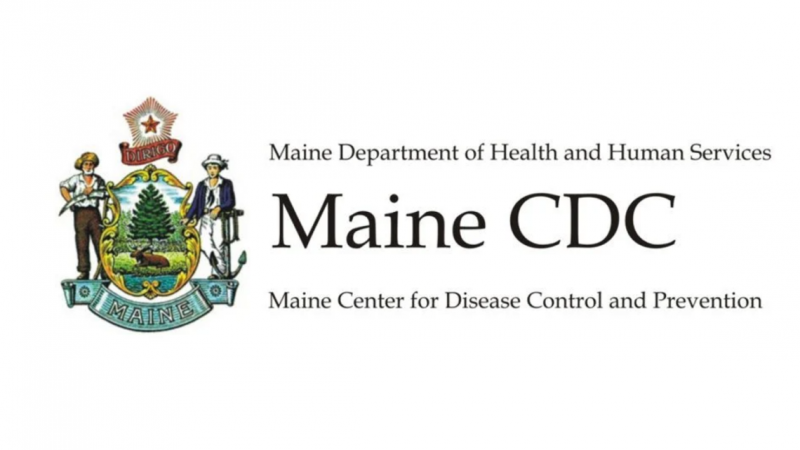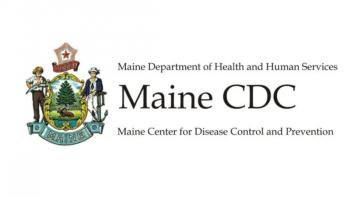Maine CDC issues advisory on eating fish from Unity Pond
UNITY — The Maine Center for Disease Control and Prevention (Maine CDC) issued Thursday new freshwater fish consumption advisories on seven waterbodies in Maine, including one in Waldo County.
The new advisories come after testing of fish in these locations found levels of per- and polyfluoroalkyl substances (PFAS) above Maine CDC's recently updated recommended levels for regular consumption. As noted below, the advisories recommend limiting or eliminating consumption of all fish or certain fish species from these waterbodies.
Elevated levels of the PFAS called perfluorooctane sulfonic acid (PFOS) were detected in fish samples from the Police Athletic League Ponds and Fish Brook in Fairfield, Messalonskee Stream in Oakland and Waterville, Durepo Reservoir and Limestone Stream in Limestone, sections of Mousam River and Estes Pond in Sanford, Unity Pond in Unity, and the lower Presumpscot River in Westbrook.
The new fish consumption advisories apply to game fish caught in these waterbodies:
Fairfield Police Athletic League (PAL) Ponds: Do not eat any species of fish.
Fairfield Fish Brook, including any tributaries, from the headwaters to the confluence with Messalonskee Stream: Do not eat any species of fish.
Waterville/Oakland, Messalonskee Stream from the Rice Rips Dam in Oakland to the Automatic Dam in Waterville: Consume no more than three meals per year of any fish species.
Limestone, All of Durepo Pond and Limestone Stream from Durepo to the dam near Route 229 in Limestone: Consume no more than three meals per year of brook trout and do not eat smallmouth bass.
Sanford, The Mousam River from below the Number One Pond Dam to Outlet Dam on Estes Lake, including all of Estes Lake: Consume no more than three meals per year of any fish species.
Westbrook, The Presumpscot River from Saccarappa Falls in Westbrook to Presumpscot Falls in Falmouth: Consume no more than four meals per year of any fish species.
Unity, Unity Pond: Consume no more than six meals per year of black crappie and no more than 12 meals per year for all other fish species.
"As we continue to learn more about the health impacts of PFAS, these advisories reflect the best current science," said Nirav D. Shah, Director of the Maine CDC. They focus on specific areas where higher levels of these chemicals have been detected.
Fishing in these seven waterbodies remains a safe activity, in accordance with the consumption advisories, along with other recreation such as swimming, wading, and boating.
The Maine Department of Environmental Protection (DEP) collected and tested fish from these waterbodies for PFAS because they are located where historical PFAS contamination has been found in groundwater, surface water, and/or soils.
In addition to the waterbodies mentioned above, Maine CDC is reviewing data from several other waterbodies where elevated PFOS levels in fish tissue have been found. Testing for PFAS in those waterbodies may not result in consumption advice more restrictive than the existing statewide advisory due to the presence of mercury in fish or other waterbody-specific advisories. The Maine CDC recommends that anglers review all existing fish consumption advisories on Maine waters.


























